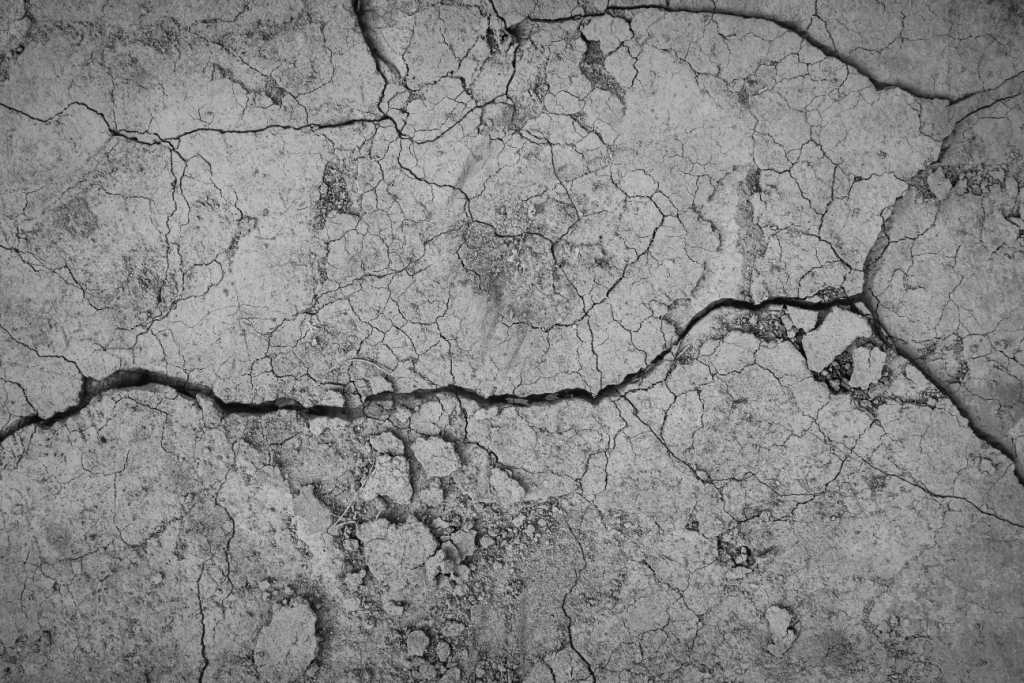Initial shrinkage in concrete is a partly irreversible process, which occurs in most of the cement or lime based building components. It is one of the main causes of cracks in houses. Initial shrinkage in concrete may occur when the moisture dries out from the RCC member.

Factors Affecting Shrinkage in Concrete:
The extent of initial shrinkage in concrete and cement mortar depends on numbers of factors namely:
01. Cement Content:
As a general rule, the increase in the richness of concrete mix which leads to drying shrinkage.
02. Water Content:
Briefly, it can be said that the greater the water quantity used in the concrete mix, greater is the shrinkage. Thus a wet mix has more shrinkage than a dry mix which is otherwise similar.
03. Aggregate:
By using the largest possible maximum size of aggregates in concrete and ensuring good grading, the requirement of water for the desired workability is reduced and concrete thus obtained has less shrinkage because of reduction in the porosity of the hardened concrete.
04. Curing:
Curing also plays an important part in limiting shrinkage. If proper curing is started as soon as the initial set has taken place and it is continued for at least 7-10 days shrinkage is comparatively less.
05. Presence of Excessive Fines in Aggregates:
The presence of excessive fines such as silt, clay, and dust in aggregates has a considerable effect on the extent of shrinkage in concrete. Presence of fines increases specific surface area of aggregate and consequently the water requirement.
06. Chemical Composition of Cement:
The chemical composition of cement used for concrete & mortar also has some effect on shrinkage. Rapid hardening cement has greater shrinkage than Ordinary Portland Cement.
07. Temperature:
An important factor which influences the water requirement of concrete and thus its shrinkage is the temperature of fresh concrete. Concreting done in mild winter have much less cracking tendency than the concreting done in hot summer months.
08. Humidity:
The extent of shrinkage also depends on the relative humidity of ambient air. Thus, shrinkage is much less in coastal areas where relative humidity remains high throughout the year. Low relative humidity may also cause plastic shrinkage in concrete.
In RCC, 1/3rd (33%) of the shrinkage in concrete take place in the first 10 days, ½ (50%) within one month and remaining ½ (50%) within a year time. Therefore, shrinkage cracks in concrete continue to occur and widen up to a year period.





